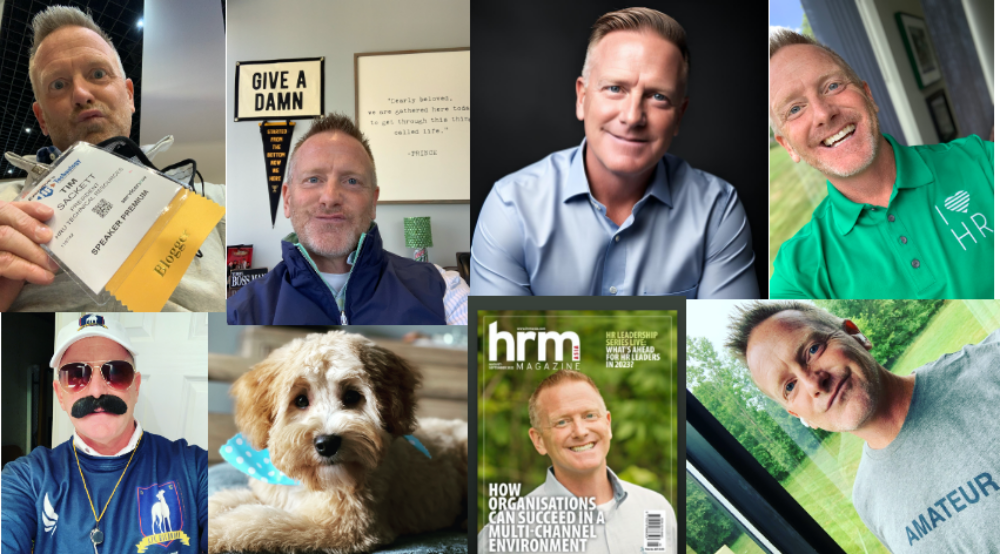I don’t consider myself an old white dude, but I’m sure most of the twentysomethings working for me probably think I’m the old white dude! Old white dudes are at a crossroads of the American workplace. They used to be on top. There was no better role to have in the American workplace than to be an old white dude!
But times they are a-changin (only old white dudes and hipsters will get that reference!).
In today’s workplace old white guys are as desired as foot fungus. Somewhere between WWII and last Tuesday old white dudes became irrelevant, well, I mean unless you’re a Fortune CEO or President, besides that stuff.
But, I’m here to help. I mean, eventually, I’m going to fall into the old white guy category on the diversity and inclusion surveys so I better find a way to pull us out of this funk and make us super cool again! Here what you need to be doing old white dudes:
1. Denounce all other old white dudes. That way you’re not ‘that’ old white dude, you’re the cool new old white dude who got ‘woke’ (look it up on Urban Dictionary old white dudes).
2. Stop wearing cargo shorts. Apparently, the kids decided cargo shorts are lame and only old white guys where them. Remember those shorty-shorts we wore in the 1970s and 80s? Yeah, those are super cool now. Wear shorty-shorts and show a ton of leg!
3. Hide the fact you like money, small government, and hate taxes. If you want to be cool you have to be willing to give up most of your money to a government who has continually shown to have no idea how to spend our tax dollars for people who claim they can’t find a job.
4. Buy comfortable marching shoes – but not those lame white Nikes or New Balance sneakers all the old white dudes have – go for Nike Air Max’s. Cool old white dudes march with our brothers and sisters who have been wronged. If you don’t march, or at least show up at their parties in downtown areas, you can’t join their click. Also, get ready to wear a ton of rainbow stuff. Calm down, no one looks good in rainbow, but the after parties are super fun!
5. Sell your $60, 000 pickup or sports car and buy a Prius or some kind of Subaru. Only old white dudes drive expensive pickups and sports cars. Cool old white dudes drive Prius’s and Subarus. A good second option is a bike and ride it to work.
6. Talk about Tacos like they’re your new religion. Cool folks in the workplace ‘love’ tacos. Not only are they great food but you’re also supporting a diversity group by eating them, I think. You can’t just ‘like’ tacos. You have to want to have sex with tacos. Tacos should be your primary conversation point each day until you die.
7. Get into a workout routine and then push what you do onto anyone within ten feet of you at all times. It’s cool to workout, but it’s more cool to workout and then make everyone else feel stupid who doesn’t do your workout. Old white guys golf and go boating. Stop all of that. If you want to get into the water buy a paddle board and a rack for the top of your Subaru.
8. Complain about your super long eight hour work day and how you could do all of this working at home in two hours. The goal of becoming a cool old white guy is to fit in. Sure work-life balance has never been better in the history of America, but that shouldn’t stop you from railing against the machine.
9. Be super chill about all dumb decisions people make. To be a super cool old white guy, you have to be super chill about how everyone else decides to live their life no matter how stupid it might seem. “Hey, Mikey, love the new face tattoo! I’m sure that will really help your career path! Super cool!”
10. Never say anything about diversity and inclusion. Old white dudes can’t have an opinion about diversity and inclusion because you don’t know the struggle. Even gay old white dudes should probably keep quiet. I mean Tim Cook is an old gay white dude and he runs Apple! Does he really know the struggle!?
There will come a time when old white dudes will become a minority in the world, but you pointing this out just makes you sound like a racist old white dude, so cut that stuff out. Just suck it up, buy some slim fitting jeans and throw away all y0ur Docker Khakis, no one wants your theories on changing demographics.
You might grow a crazy long beard. Many old white dudes have found that really awful long beards help them blend in a bit better. Like ‘hey, I’ve got a way too long beard, so maybe I’m not an old white dude, but a Viking!” People love Game of Thrones in the workplace, so it might help.
Hey, hit me in the comments about how ageist this is or what other great ideas you might have to keep old white dudes relevant in the workplace!
